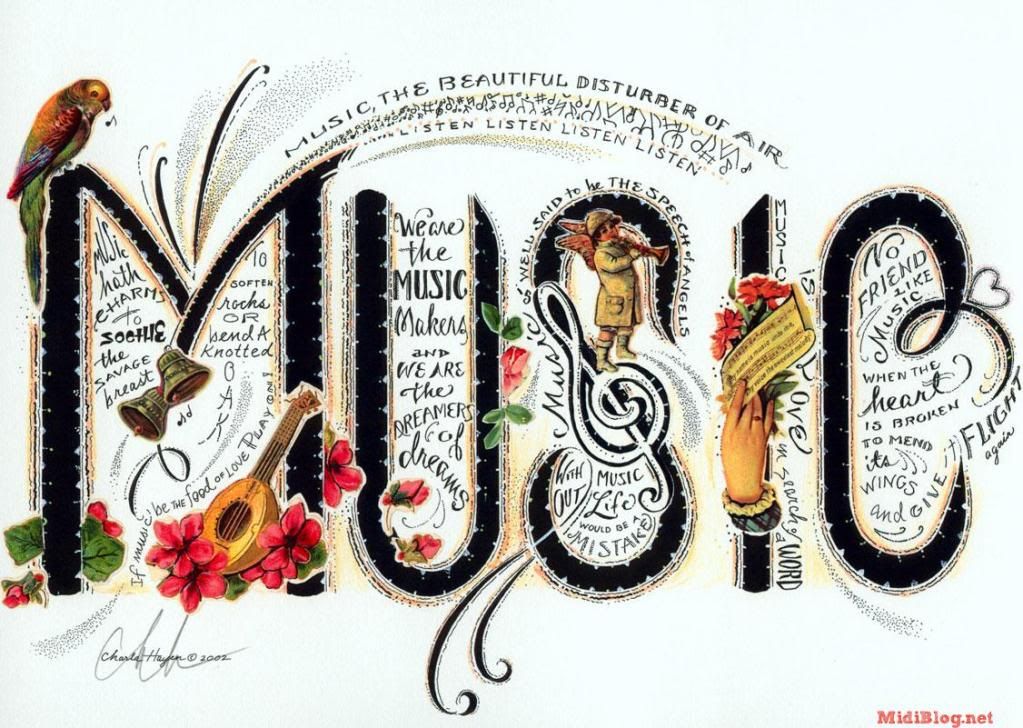Definition
Simple Future Tense is used to describing job or action that will to do (happened) at future.
The Formula:
1. Will
(+) S + shall/will + Verb I
(-) S + shall/will + not + Verb I
(?) Shall/will + S + Verb I?
2. Going to
(+) S + be + going to + Verb I
(-) S + be + not + goimg to + Verb I
(?) be + S + going to + Verb I?
How do we use the Simple Future Tense?
No Plan: we use the simple future tense when there is no plan or decision to do something before we speak. We make the decision spontaneously at the time of speaking.
Example:
- Hold on. I'll get a pen.
- We will
 see what we can do to help you.
see what we can do to help you.
- Maybe we'll stay in and watch television tonight
- I think I'll go to the gym tomorrow.
- I think I will have a holiday next year.
- I don't think I'll buy that car.
Prediction: we often use the simple future tense to make a prediction about the future. Again, there is no firm plan. We are saying what we think will happen.
Example:
- It will rain tomorrow.
- People won't go to Jupiter before the 22nd century.
- Who do you think will get the job?
Note:
That when we have a plan or intention to do something in the future, we usually use other tenses or expressions, such as the present continuous tense or going to.
Time signal:
1. Tomorrow…
- Morning
- Afternoon
- Evening
- Night
2. Next…
- Time
- Week
- Month
- Year
- January
3. Tonight
4. The day after tomorrow
5. Soon
6. Later
7. Two, three more days
8. Two, three days later
9. By and by
1. Will
(+) S + shall/will + Verb I
(-) S + shall/will + not + Verb I
(?) Shall/will + S + Verb I?
2. Going to
(+) S + be + going to + Verb I
(-) S + be + not + goimg to + Verb I
(?) be + S + going to + Verb I?
How do we use the Simple Future Tense?
No Plan: we use the simple future tense when there is no plan or decision to do something before we speak. We make the decision spontaneously at the time of speaking.
Example:
- Hold on. I'll get a pen.
- We will
 see what we can do to help you.
see what we can do to help you. - Maybe we'll stay in and watch television tonight
- I think I'll go to the gym tomorrow.
- I think I will have a holiday next year.
- I don't think I'll buy that car.
Prediction: we often use the simple future tense to make a prediction about the future. Again, there is no firm plan. We are saying what we think will happen.
- It will rain tomorrow.
- People won't go to Jupiter before the 22nd century.
- Who do you think will get the job?
That when we have a plan or intention to do something in the future, we usually use other tenses or expressions, such as the present continuous tense or going to.
Time signal:
1. Tomorrow…
- Morning
- Afternoon
- Evening
- Night
- Time
- Week
- Month
- Year
- January
4. The day after tomorrow
5. Soon
6. Later
7. Two, three more days
8. Two, three days later
9. By and by













0 komentar:
Posting Komentar